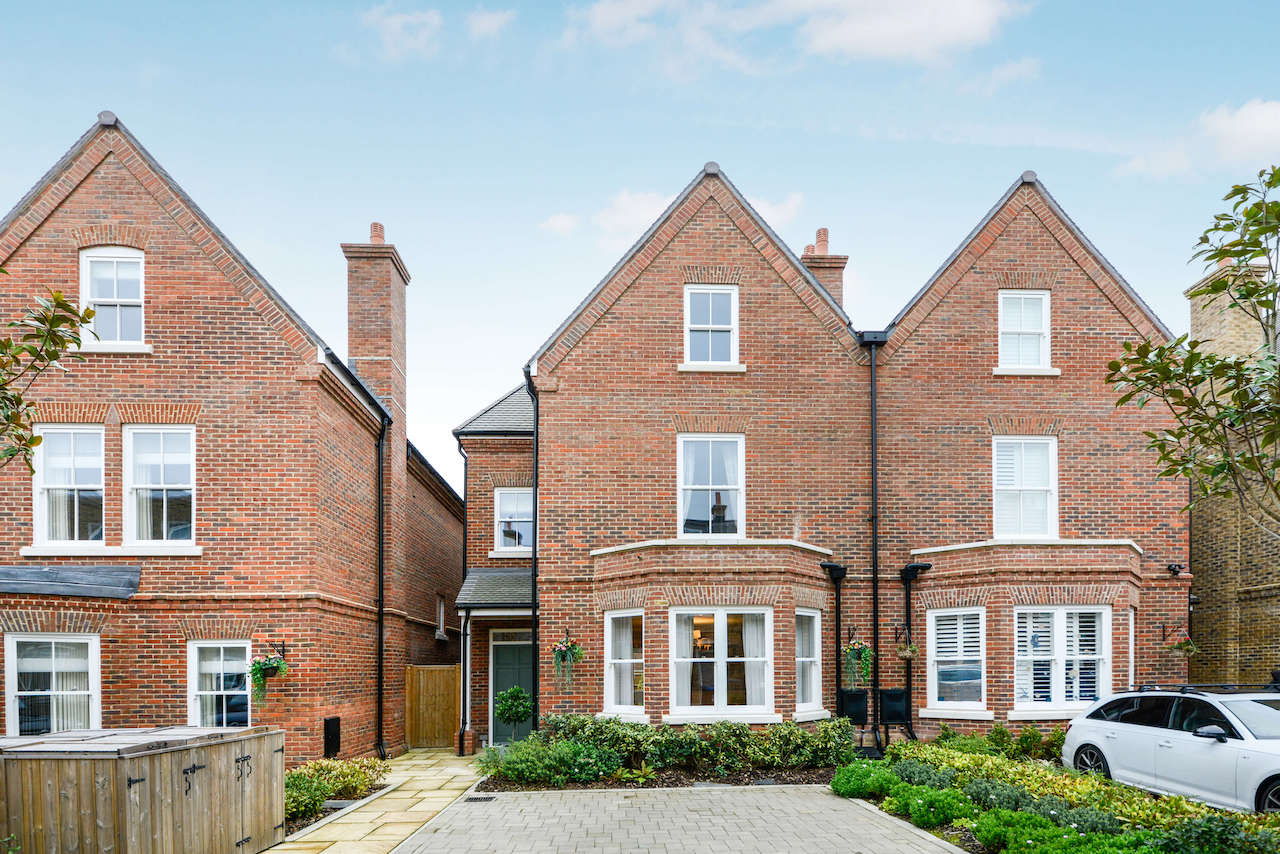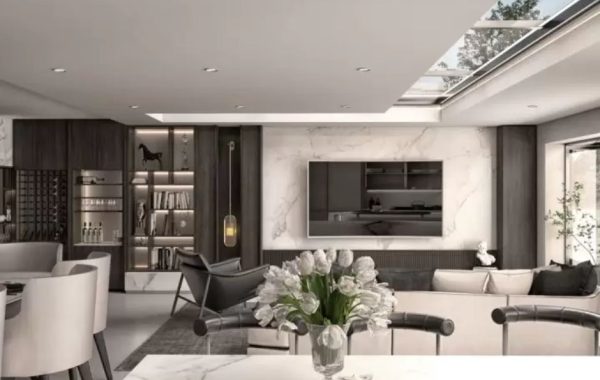
What’s the 45 Degree Rule for Extensions? A Comprehensive Guide
When planning a house extensions especially on semi-detached or terraced properties—maintaining your neighbour’s access to natural light is just as important as enhancing your own living space. The 45-degree rule is a key planning regulation used by UK local authorities to ensure that any new extension does not significantly obstruct the natural light received by neighbouring properties. Whether you’re building a rear or side extension, understanding this rule and how it is applied can help you avoid potential disputes and delays.
Understanding the 45-Degree Rule
What Is the 45-Degree Rule? At its core, the 45-degree rule is an assessment tool. It uses an imaginary line drawn at a 45-degree angle from the nearest ground-floor window (or glass door/patio door if applicable) of your neighbour’s habitable room. The purpose is to determine if a proposed extension will extend beyond this line and consequently obstruct the neighbour’s right to natural light.
- Right to Light: The rule is designed to protect the amount of natural daylight that a neighbouring property receives. By limiting how far an extension can project, local planning authorities ensure that existing windows in habitable rooms—such as living rooms, studies, kitchens, and bedrooms—remain sufficiently exposed to natural light.
How Is the 45-Degree Rule Measured?
The rule is typically applied in two metrics:
- Horizontal Metric:
- A 45-degree line is drawn from the centre point of the nearest ground-floor window of the neighbouring property.
- From an aerial/top view, your proposed extension should not cross this imaginary line.
- This horizontal consideration is mainly used for single-storey extensions.
- Vertical Metric:
- In the case of multi-storey (e.g., double-storey) extensions, the same principle applies.
- The rule is extended upward so that the extension does not project beyond a 45-degree line from an upper-storey window of the neighbour’s property.
- This ensures that even with increased height, the new structure does not block light from reaching the neighbouring property.
Key Considerations Under the 45-Degree Rule
Before you finalize your design and submit your planning application, keep the following in mind:
- Applicability to Habitable Rooms: The rule only applies to windows in habitable spaces. Windows in non-habitable areas, like utility rooms or bathrooms, are generally excluded from this assessment.
- Plan and Elevation Assessment: Local planning authorities evaluate the extension’s impact by considering both a plan view (horizontal) and an elevation view (vertical). This comprehensive assessment helps determine if the light from a neighbour’s window is compromised.
- Variations in Measurement: Some councils measure from the centre of the window, while others might use the nearest edge. Always check specific regional guidelines; for example, some local authorities adhere to the Building Research Establishment’s (BRE) guidance such as BR209, while others may have slightly different methods.
- Negotiable Flexibility: If your proposed extension only marginally exceeds the 45-degree threshold, planning officers sometimes work with you to make design adjustments instead of outright rejecting the application. This might involve altering the extension’s height or footprint.
Enforcement and Consequences
While the 45-degree rule itself is not a statutory “law” in the traditional sense, it plays a pivotal role in planning permissions:
- Non-Compliance Risks: An extension that violates this guideline is likely to obstruct a neighbour’s right to natural light, potentially leading to disputes or enforcement actions. In extreme cases, the planning authority may require you to modify the design or, in some circumstances, even demolish the offending extension.
- Dispute Resolution: In instances where there is a minor breach, the local planning officer might negotiate a solution with both parties, avoiding prolonged legal confrontation. However, anticipating and adhering to the rule from the outset is the best way to avoid any complications.
Tips for Homeowners and Builders
- Consult Early: Before finalizing your design, consult with a planning consultant or structural engineer who is experienced with the 45-degree rule. Early advice can steer your project in the right direction.
- Check Local Guidelines: Because measurement methods and enforcement can vary between councils, always reach out to your local planning authority to understand their specific requirements.
- Prepare for Adjustments: Build flexibility into your design. For instance, if an extension is close to breaching the 45-degree line, consider design modifications such as reducing the extension’s depth or altering its shape.
- Documentation: When submitting your planning application, provide detailed drawings that clearly demonstrate how your extension complies with the 45-degree rule. Clear documentation can streamline the approval process.
Conclusion
The 45-degree rule is a fundamental planning guideline in the UK that ensures new developments do not inadvertently rob neighbours of natural light—a critical aspect of residential quality and wellbeing. By understanding and adhering to this rule early in your planning process, you can minimize disputes, avoid costly redesigns, and keep your project on track.
At Studio20 Architects, we specialize in extensions and home improvements that not only meet but exceed planning and building regulations, ensuring harmonious development between neighbours. If you’re considering an extension and need expert advice on complying with the 45-degree rule, reach out to our planning experts today.




